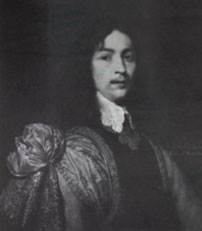|
Gawsworth Old Hall
Gawsworth Old Hall is a Grade I listed building, listed English country house, country house in the village of Gawsworth, Cheshire, England. It is a timber-framed house in the Cheshire black-and-white style. The present house was built between 1480 and 1600, replacing an earlier Norman architecture, Norman house. It was probably built as a courtyard house enclosing a Quadrangle (architecture), quadrangle, but much of it has been demolished, leaving the house with a U-shaped plan. The present hall was owned originally by the Fitton family, and later by the Gerards, and then the Stanhopes. Since the 1930s it has been in the possession of the Richards family. Raymond Richards collected a number of items from other historic buildings and incorporated them into the hall. Notable residents have included Mary Fitton, perhaps the "Shakespeare's sonnets#The Dark Lady, Dark Lady" of Shakespeare's sonnets, and Samuel Johnson (dramatist), Samuel "Maggoty" Johnson, a playwright des ... [...More Info...] [...Related Items...] OR: [Wikipedia] [Google] [Baidu] |
Gawsworth
Gawsworth is a Civil parishes in England, civil parish and village in the unitary authority of Cheshire East and the ceremonial county of Cheshire, England. The population of the civil parish at the 2011 census was 1,705. It is one of the eight ancient parishes of Macclesfield (hundred), Macclesfield Hundred. Twenty acres of the civil parish were transferred to Macclesfield civil parish in 1936 The country houses Gawsworth Old Hall, Gawsworth New Hall and Gawsworth Old Rectory are in the village. The authors of the Cheshire volume of the ''Pevsner Architectural Guides, Buildings of England'' series state: There is nothing in Cheshire to compare with the loveliness of Gawsworth: three great houses and a distinguished church set around a descending string of pools, all within an enigmatic large-scale formal landscape. A wood near the village known as Maggotty Wood is the burial place of the eighteenth-century dramatist Samuel Johnson (dramatist), Samuel "Maggotty" Johnson. His g ... [...More Info...] [...Related Items...] OR: [Wikipedia] [Google] [Baidu] |
Edward Fitton The Younger
Sir Edward Fitton the younger (1548?–1606), was an Englishman who took part in the Elizabethan plantation of Ireland. Biography Fitton was the son and heir of Sir Edward Fitton (the elder) of Gawsworth, Cheshire and his wife Anne Warburton, daughter of Sir Peter Warburton and Elizabeth Winnington. His education included attending Brasenose College, Oxford, from which he graduated in 1566 with a BA, and then went on to Gray's Inn (1568). Fitton was Receiver General for Ireland in 1579. His father died in July that year and, being disappointed in his expectation of succeeding his father as Vice-Treasurer of Ireland, he retired to England shortly after having been knighted by Sir William Pelham in 1580. Sir Edward was returned as a member of parliament (MP) for Wigan, Lancashire in 1572, as MP for Boroughbridge, Yorkshire in 1588. Sir Edward's interest in Ireland revived when it was proposed to colonise Munster with Englishmen, and he was one of the first to solicit a slice of ... [...More Info...] [...Related Items...] OR: [Wikipedia] [Google] [Baidu] |
Kerridge
Kerridge is a village in Cheshire, England, part of the parish of Bollington. Kerridge borders the neighbouring parish of Rainow. It gives its name to Kerridge Ridge – one of the western foothills of the Pennines – by which it stands. It is overlooked by the local landmark of White Nancy. The local industries were quarrying and cotton mills, of which remnants remain. On 29 February 1912, the Macclesfield Canal at Kerridge burst its banks, flooding several nearby streets. Kerridge itself comes from 'key ridge', and was known in Old English Old English (, ), or Anglo-Saxon, is the earliest recorded form of the English language, spoken in England and southern and eastern Scotland in the early Middle Ages. It was brought to Great Britain by Anglo-Saxon settlement of Britain, Anglo ... as 'Gaeg Hrycg'. References External links Local webpage [...More Info...] [...Related Items...] OR: [Wikipedia] [Google] [Baidu] |
Earl Of Harrington
Earl of Harrington is a title in the Peerage of Great Britain that was created in 1742. History The earldom of Harrington was granted in 1742 to William Stanhope, 1st Baron Harrington, the former Secretary of State and then Lord President of the Council. He was made Viscount Petersham at the same time. In 1730, he had been created Baron Harrington, of Harrington in the County of Northampton. These titles were also in the Peerage of Great Britain. Lord Harrington was the son of John Stanhope of Elvaston and the great-grandson of Sir John Stanhope of Elvaston, younger half-brother of Philip Stanhope, 1st Earl of Chesterfield (who was the grandfather of James Stanhope, 1st Earl Stanhope). Lord Harrington was succeeded by his son, the second Earl. He was a General in the Army and also represented Bury St Edmunds in the House of Commons. His son, the third Earl, was also a General in the Army and sat as Member of Parliament for Thetford and Westminster. His elder son, the fourth E ... [...More Info...] [...Related Items...] OR: [Wikipedia] [Google] [Baidu] |
William Stanhope, 1st Earl Of Harrington
William Stanhope, 1st Earl of Harrington, PC (c. 16838 December 1756) was a British statesman and diplomat. Life William Stanhope was born in 1683 at the family home in Elvaston, Derbyshire, third surviving son of John Stanhope and Dorothy Agard. His elder brother Charles Stanhope (1673–1760) was also a politician and deeply involved in the South Sea Company financial scandal, while his cousin James Stanhope (1673–1721) is considered an alternative candidate to Robert Walpole for the title of Britain's first Prime Minister. He married Anne Griffiths, who died in 1719 giving birth to twin sons, William, 2nd Earl of Harrington (1719–1779) and Thomas (1719–1743). Career Educated at Eton College, Stanhope was commissioned in 1703 as a lieutenant in the 2nd Foot Guards during the War of the Spanish Succession, before transferring to the 3rd Foot Guards in Spain. By 1710, he was a lieutenant-colonel and missed the December 1710 Battle of Brihuega, when the British ... [...More Info...] [...Related Items...] OR: [Wikipedia] [Google] [Baidu] |
James Hamilton, 4th Duke Of Hamilton
Lieutenant General James Hamilton, 4th Duke of Hamilton and 1st Duke of Brandon (11 April 1658 – 15 November 1712) was a Scottish nobleman, soldier and politician. Hamilton was a major investor in the failed Darien Scheme, which cost many of Scotland's ruling class their fortunes. He led the Country Party in the Parliament of Scotland and the opposition to the Act of Union in 1707. He died on 15 November 1712 as the result of a celebrated duel in Hyde Park, Westminster, with Charles Mohun, 4th Baron Mohun, over a disputed inheritance. Early life The eldest son of William Douglas, 1st Earl of Selkirk (who was created Duke of Hamilton for his lifetime and changed his surname to Hamilton in 1660) and his wife Anne, 3rd Duchess of Hamilton in her own right, Hamilton was born at Hamilton Palace, in Lanarkshire. He was a descendant through his mother of the Scottish House of Stewart and therefore had a significant claim to the thrones of both Scotland and England. He was educa ... [...More Info...] [...Related Items...] OR: [Wikipedia] [Google] [Baidu] |
Charles Mohun, 4th Baron Mohun
Charles Mohun, 4th Baron Mohun (c. 1675 – 15 November 1712) was an English politician best known for his frequent participation in duels and for his reputation as a rake. He was killed in the celebrated Hamilton–Mohun Duel in Hyde Park. Biography Mohun was the second child of Charles Mohun, 3rd Baron Mohun and his wife Philippa Annesley, a daughter of Arthur Annesley, 1st Earl of Anglesey. His father died shortly after his birth, following a duel, and left him the family estate. The estate, however, was heavily in debt. Due to this Mohun received no education, and was forced to resort to gambling in order to support his lavish lifestyle. Mohun married Charlotte Orby, granddaughter of Charles Gerard, 1st Earl of Macclesfield, in 1691 with the hope that this match would alleviate some of his debt. Unfortunately, he received no dowry for the marriage, and the couple separated shortly thereafter. Following the separation, Mohun's behaviour became ever more licentio ... [...More Info...] [...Related Items...] OR: [Wikipedia] [Google] [Baidu] |
Hyde Park, London
Hyde Park is a Grade I-listed major park in Westminster, Greater London, the largest of the four Royal Parks that form a chain from the entrance to Kensington Palace through Kensington Gardens and Hyde Park, via Hyde Park Corner and Green Park past the main entrance to Buckingham Palace. The park is divided by the Serpentine and the Long Water lakes. The park was established by Henry VIII in 1536 when he took the land from Westminster Abbey and used it as a hunting ground. It opened to the public in 1637 and quickly became popular, particularly for May Day parades. Major improvements occurred in the early 18th century under the direction of Queen Caroline. Several duels took place in Hyde Park during this time, often involving members of the nobility. The Great Exhibition of 1851 was held in the park, for which The Crystal Palace, designed by Joseph Paxton, was erected. Free speech and demonstrations have been a key feature of Hyde Park since the 19th century. Speakers' Cor ... [...More Info...] [...Related Items...] OR: [Wikipedia] [Google] [Baidu] |
Gatehouse
A gatehouse is a type of fortified gateway, an entry control point building, enclosing or accompanying a gateway for a town, religious house, castle, manor house, or other fortification building of importance. Gatehouses are typically the most heavily armed section of a fortification, to compensate for being structurally the weakest and the most probable attack point by an enemy. There are numerous surviving examples in France, Austria, Germany, England and Japan. History Gatehouses made their first appearance in the early antiquity when it became necessary to protect the main entrance to a castle or town. Over time, they evolved into very complicated structures with many lines of defence. Strongly fortified gatehouses would normally include a drawbridge, one or more portcullises, machicolations, arrow loops and possibly even murder-holes where stones would be dropped on attackers. In some castles, the gatehouse was so strongly fortified it took on the function of a keep, som ... [...More Info...] [...Related Items...] OR: [Wikipedia] [Google] [Baidu] |
Alexander Fitton
Sir Alexander Fitton (1630?–1698) sometimes known by his Jacobite title Baron Gawsworth, was an Irish barrister and judge, who became Lord Chancellor of Ireland, despite having spent many years in prison for a criminal offence. Family and early career Fitton was the second son of William Fitton of Awrice (or Awne), County Limerick and his wife Eva Trevor, daughter of Sir Edward Trevor of Brynkynallt, Chirk, Denbighshire and Rostrevor, County Down, and his second wife Rose Ussher, daughter of Henry Ussher, Archbishop of Armagh. He was the great-grandson of Sir Edward Fitton, Vice-Treasurer of Ireland, who died in 1579. The Irish Fittons were a junior branch of the Fittons of Gawsworth Old Hall, Cheshire: Alexander was the grandson of another Alexander Fitton, who was Sir Edward's second son, and his wife Jane MacBryan O'Connogh. A lawsuit over the rightful ownership of Gawsworth was to preoccupy Alexander for most of his life. His mother's family later gained the title V ... [...More Info...] [...Related Items...] OR: [Wikipedia] [Google] [Baidu] |
Earl Of Macclesfield
Earl of Macclesfield is a title that has been created twice. The first creation came in the Peerage of England in 1679 in favour of the soldier and politician Charles Gerard, 1st Baron Gerard. He had already been created Baron Gerard, of Brandon in the County of Suffolk, in 1645, and was made Viscount Brandon, of Brandon in the County of Suffolk, at the same time as he was given the earldom. These titles are also in the Peerage of England. Lord Macclesfield was the great-grandson of the distinguished judge Sir Gilbert Gerard, Master of the Rolls from 1581 to 1594. He was succeeded by his eldest son, the second Earl. He was involved in the Rye House Plot of 1683, was sentenced to death but later pardoned by the King. On his death without legitimate issue in 1701 the titles passed to his younger brother, the third Earl. He had earlier represented Yarmouth, Lancaster and Lancashire in the House of Commons. When he died in 1702 the titles became extinct. William Dorington or Dor ... [...More Info...] [...Related Items...] OR: [Wikipedia] [Google] [Baidu] |
Charles Gerard, 1st Earl Of Macclesfield
Charles Gerard, 1st Earl of Macclesfield, PC (c. 16187 January 1694) was an English aristocrat, soldier and courtier. Early life The eldest son of Sir Charles Gerard, he was a member of an old Lancashire family, his great-grandfather having been Sir Gilbert Gerard (died 1593) of Ince, in that county, one of the most distinguished judges in the reign of Elizabeth I. His mother was Penelope Fitton, sister and co-heiress of Sir Edward Fitton, of Gawsworth, Cheshire. Nothing is known about Gerard's education until he entered Leyden University on 23 March 1633. He was also educated in France under John Goffe of Magdalen College, Oxford, brother of Stephen Goffe. Dugdale states that he was "trained in the discipline of war from his youth in the United Provinces", and that on the outbreak of the First English Civil War he joined the King at Shrewsbury, and raised a troop of horse at his own charge. Early Civil War battles and sieges At the Battle of Edgehill, Gerard commanded a br ... [...More Info...] [...Related Items...] OR: [Wikipedia] [Google] [Baidu] |
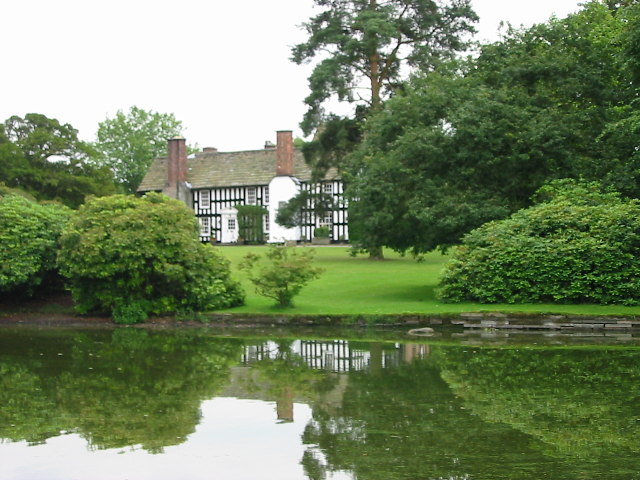

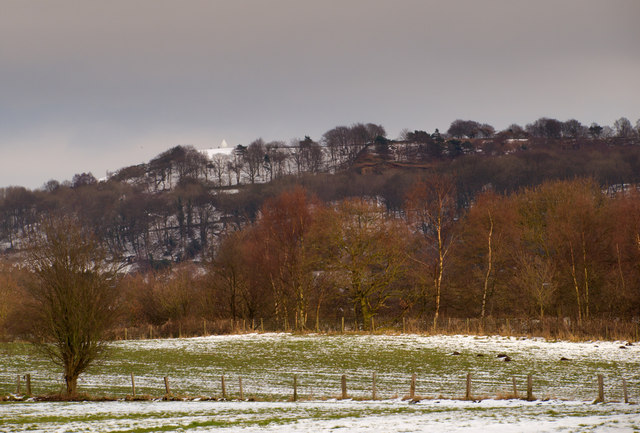
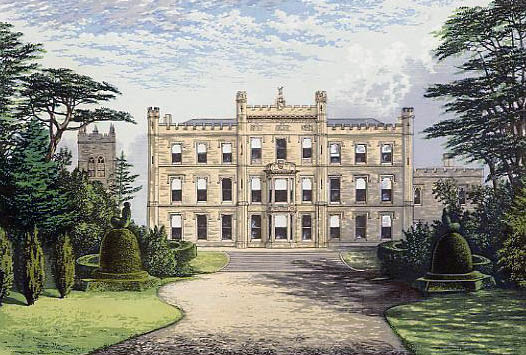
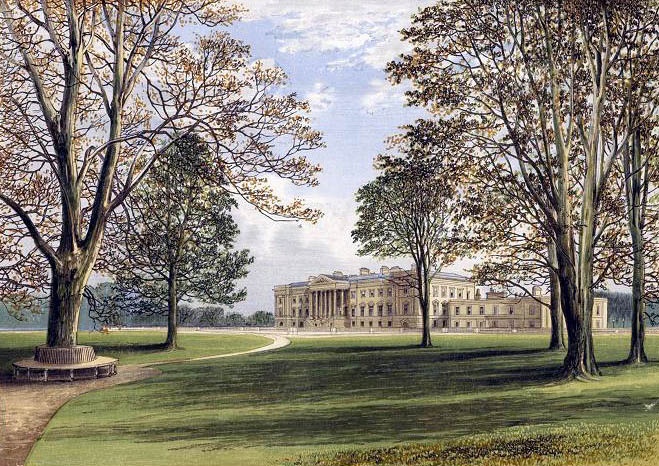

.jpg)
